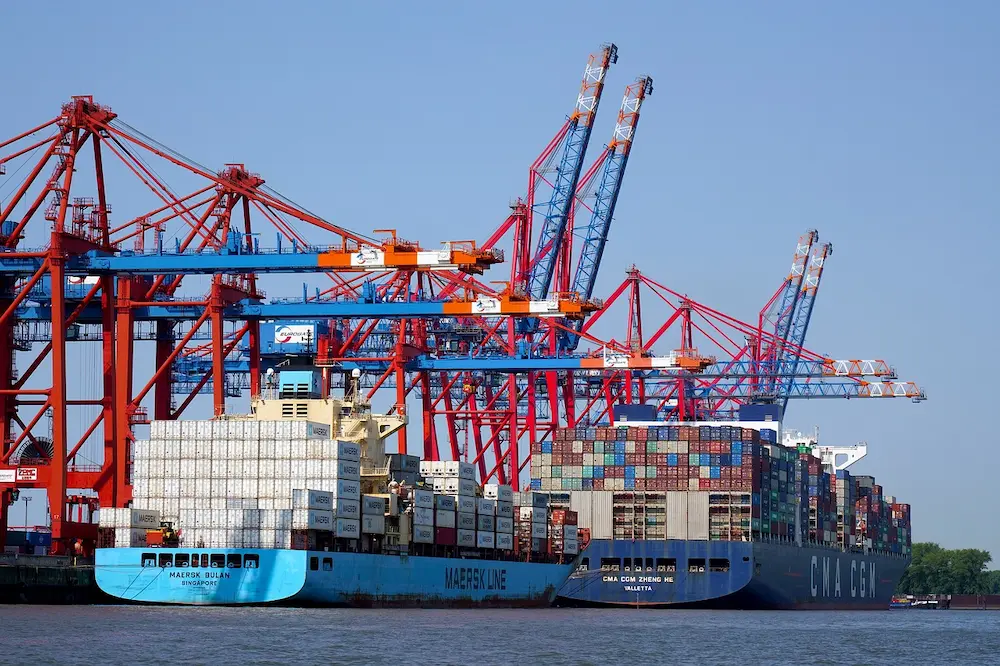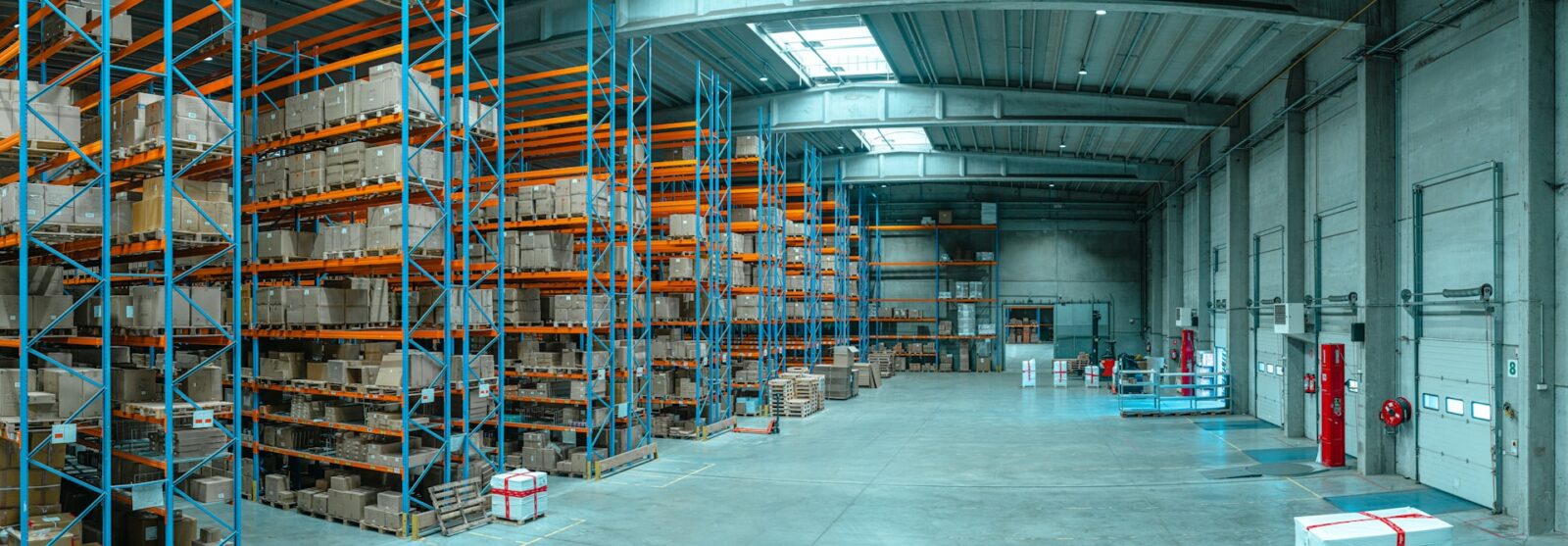Supply chain optimization is not just a competitive advantage but a necessity for survival. As complexities within supply chains increase, driven by global sourcing, customer demands, and a volatile market, companies are turning to technology to streamline operations, reduce costs, and enhance efficiency. The following article outlines six cutting-edge, tech-driven strategies that businesses can leverage to optimize their supply chains, from leveraging big data analytics to adopting smart warehousing solutions. By integrating these technologies, organizations can achieve a seamless, responsive, and resilient supply chain capable of withstanding the challenges of the modern business landscape.
1. Big Data Analytics
The utilization of big data analytics has become a critical tool for supply chain optimization. Through the analysis of vast datasets, companies can identify inefficiencies within their supply chains, predict future trends, and make informed decisions that enhance operational effectiveness. Big data analytics enables the processing of real-time data, facilitating swift adjustments to supply chain strategies in response to market changes.
This technology aids in risk management by forecasting potential disruptions and crafting mitigation strategies. By leveraging predictive analytics, organizations can proactively address issues before they escalate, ensuring a smooth and uninterrupted flow of operations. In addition, with digital transformation in supply chain management, the volume and variety of data continue to increase, making big data analytics an essential tool for companies looking to optimize their supply chains. It enables organizations to identify cost-saving opportunities and enhance supply chain transparency, leading to more efficient processes and improved customer satisfaction.
2. IoT-Enabled Inventory Management
Internet of Things (IoT) technology has transformed inventory management, making it more accurate and efficient. IoT devices, such as sensors and RFID tags, provide real-time tracking of goods throughout the supply chain, from manufacturer to end-customer. This visibility allows companies to maintain optimal inventory levels, reducing the risk of overstocking or stockouts.
In addition to enhancing inventory accuracy, IoT facilitates automated restocking processes. By integrating IoT data with inventory management systems, businesses can automate order placements when stock levels fall below predetermined thresholds, ensuring uninterrupted operation and customer satisfaction.
3. Blockchain for Transparency and Security
Blockchain technology offers an unprecedented level of transparency and security in supply chain management. By creating a decentralized ledger of transactions, blockchain ensures that all supply chain activities are immutably recorded and easily traceable. This capability is invaluable for verifying the authenticity of products, preventing fraud, and enhancing trust among supply chain partners.
Moreover, blockchain facilitates secure and transparent sharing of information, allowing for more collaborative and efficient relationships between suppliers, manufacturers, and retailers. This ensures that all parties have access to the same, accurate information, reducing disputes and streamlining operations.
4. AI and Machine Learning for Demand Forecasting
Artificial intelligence (AI) and machine learning algorithms are revolutionizing demand forecasting in the supply chain. These technologies analyze historical sales data, market trends, and other relevant factors to predict future demand with high accuracy. Accurate demand forecasting helps companies optimize inventory levels, reducing both understock and overstock situations.
AI-driven tools can dynamically adjust forecasts in real-time based on changing market conditions, enabling companies to be more agile and responsive. This analytical power allows organizations to better align their supply chain operations with market demand, reducing waste and improving customer satisfaction.
5. Autonomous Vehicles for Logistics and Delivery
Autonomous vehicles, including drones and self-driving trucks, are set to redefine logistics and delivery within the supply chain. These technologies promise to enhance delivery speeds, reduce human error, and lower transportation costs. Autonomous delivery vehicles can operate around the clock, increasing efficiency and enabling faster delivery times to meet customer expectations.
Beyond efficiency gains, autonomous vehicles reduce the environmental impact of logistics operations. With the potential for electric power and optimized route planning, these vehicles contribute to sustainable supply chain practices by lowering carbon emissions and energy consumption.
6. Smart Warehousing Solutions
Smart warehousing solutions, powered by robotics and automation technology, significantly improve the efficiency of storage and distribution processes. Robots and automated guided vehicles can perform repetitive tasks, such as picking and packing, more quickly and accurately than human workers. This automation not only speeds up operations but also reduces the likelihood of errors, enhancing overall supply chain reliability.
Smart warehouses also leverage advanced software systems for inventory management, utilizing real-time data to optimize storage layouts and streamline the movement of goods. These systems ensure that products are stored efficiently and can be retrieved and dispatched in the shortest possible time, meeting the demands of today’s fast-paced market.

The integration of technology into supply chain management is essential for organizations to remain competitive and achieve success in today’s business environment. By leveraging these cutting-edge strategies, companies can optimize their supply chains, reducing costs, improving efficiency, and enhancing customer satisfaction. As technology continues to evolve rapidly, organizations must stay ahead of the curve and embrace new solutions to remain at the forefront of supply chain optimization.









